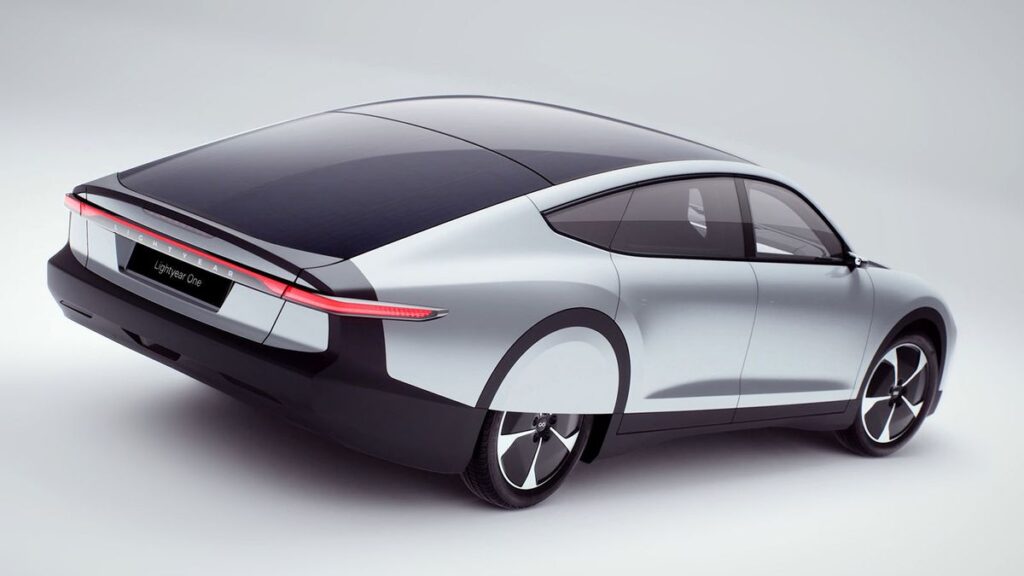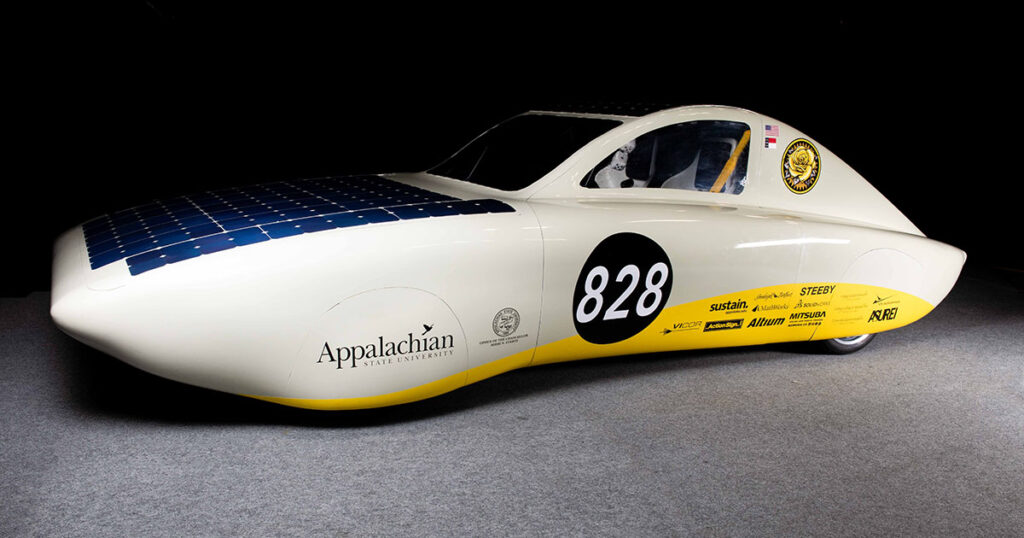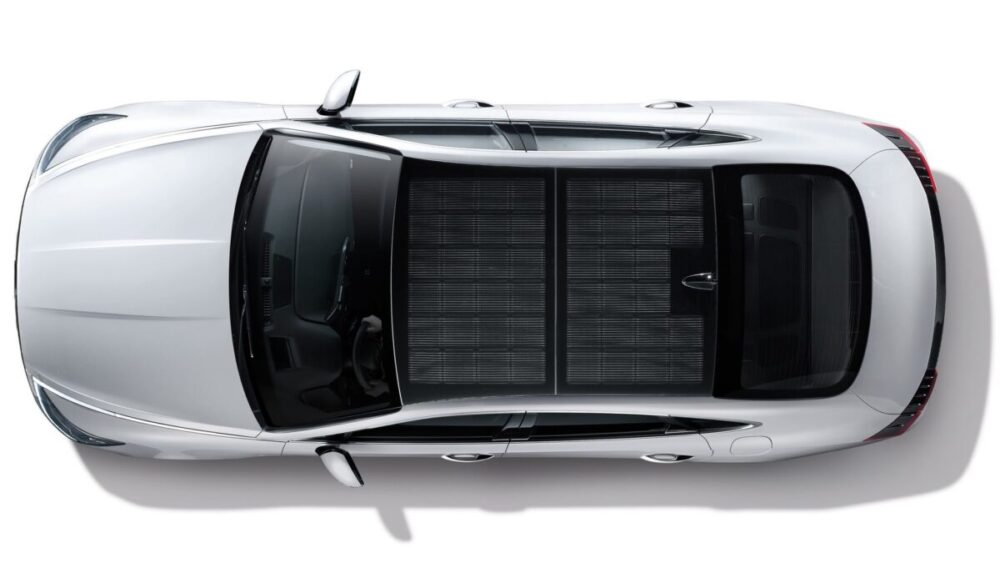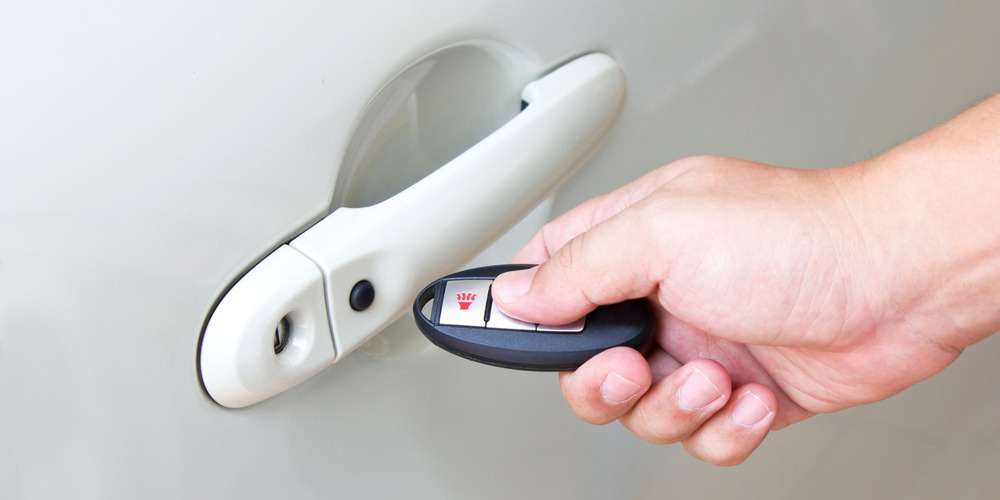This is among the most frequently asked questions. Why can’t electric cars install solar panels on rooftops to recharge their batteries?
It’s an ideal concept at first glance, and it may be. However, there needs to be more clarity when implementing this concept. Well, almost.
This article provides a thorough explanation of the solar panels on car roofs are, and whether or not they’re an alternative for charging electric vehicles while on the move.
What are solar panel car roofs?
Solar panels for car roofs consist of a collection of photovoltaic solar cells mounted on the top of a car to convert and capture the sunlight’s rays into usable energy.
How do solar-powered cars work?
Solar panels allow light particles, also known as photons, to stimulate electrons, generating an electric charge. Solar panels comprise multiple photovoltaic cells joined to each other.
Each photovoltaic cell is comprised of two layers of semiconducting material like silicon. The silicon is paired with other materials, such as boron and phosphorus, to give an electrical positive or negative charge to every “slice.” This leads to creating an electrical field at the junction between both layers.
When sunlight releases an electron, the electron is removed from the silicon junction through an electrical field. Along the sides of the cell, metal plates that conduct electricity capture electrons and then send them to wires. The electrons then travel as any other source of electricity.

There are many advantages to using solar vehicles:
- Reduces the cost of fuel
- It is sustainable and eco-friendly
- Battery replacement is the only cost that is not included.
- Doesn’t cause noise pollution or air pollution.
Why aren’t solar-powered cars practical?
To produce the amount of power its inhabitants require during the year, installing a solar array with a size of 500 square feet would be needed. The ideal spot for these panels is on a roof facing to the south, tilting at a perfect 30 degrees with a few degrees thrown in.
We previously calculated the number of solar panels needed for an electric vehicle. We estimated the total solar panel’s power output of that Nissan Leaf at 50 kilometers per day, which is 3.44 Kilowatts. In full sunlight, many of the best solar panels available for home use have a power output of 345 watts. So if you travel 25 miles per way, you’d require ten panels to produce enough solar energy to power your Nissan Leaf, a small vehicle, during its daily journey from home to work.
To produce this amount of energy for such a large amount of power, a solar panel area of 250 sq ft is required in a perfect roof space.
Solar-powered vehicles are, therefore, not practical. In addition, because the surfaces of a car aren’t always in the correct direction or are covered with shade, there’s not enough space for a vehicle to allow the solar cells to generate enough power for the typical driver.

However, this is still determining automakers. In their cars, there are at least a few of them have put photovoltaic panels behind glass. In addition, a few manufacturers integrate solar panels into the quarter and door panels, and also the addition of a solar roof hood.
Car companies that make solar-powered cars
Sono Motors and Lightyear Automotive’s two car makers are scheduled to release electric vehicles equipped with solar panels that charge the battery to charge an electric motor.
Alongside the two businesses that we mentioned earlier, Karma, Hyundai, and Toyota also offer electric vehicles that are hybrids equipped with solar cells, which produce a small amount of energy. We wouldn’t classify cars as “solar-powered.” For example, the 200W solar cells on the highest point of the Karma Revero will require 105 hours of direct light to charge the car’s 21 kWh battery. It can also go for 50 miles.
The average area in the United States gets 5 to six hours of daylight daily. This is equivalent to travelling 2.6 miles daily with Solar power generated by Revero’s rooftop solar arrays.
What about Tesla?
Although it produces solar panels and solar cells for home use, Tesla is renowned for not having solar roofs on its automobiles. In 2017 Tesla President Elon Musk remarked that a vehicle could be “the least effective place to add solar,” and we’re inclined to believe that. However, a lot whose sole goal is to make the world powered by a little more solar energy. Solar conversion kits for Teslas’ roofs are now available as an aftermarket accessory.
Last words on solar-powered vehicle roofs

Indeed, solar panels for automobiles aren’t the most efficient idea. For them to be effective, they have to be mobile, can be taken wherever they’re needed, and strong enough to withstand whatever life can throw at them, such as but not limited to 60-80 mph winds stones thrown up by on the road stop, bird faeces and even the elements.
Adding an incentive to choose the sunniest spot to park is counterproductive, given that we all prefer parking our vehicles in the shade. Because we usually keep our cars indoors or in covered parking spaces, they spend a significant amount of time in the sunlight.
You’ve heard about the issue that is known as “range anxiety,” right? Imagine finding a sunny area to squeeze extra miles to get home so you don’t risk getting late. Then, in the search for a parking space, How far would you be willing to travel from where you are before you give up?
Although solar panels are lovely, we know they’re the most efficient when mounted on a home’s roof.





